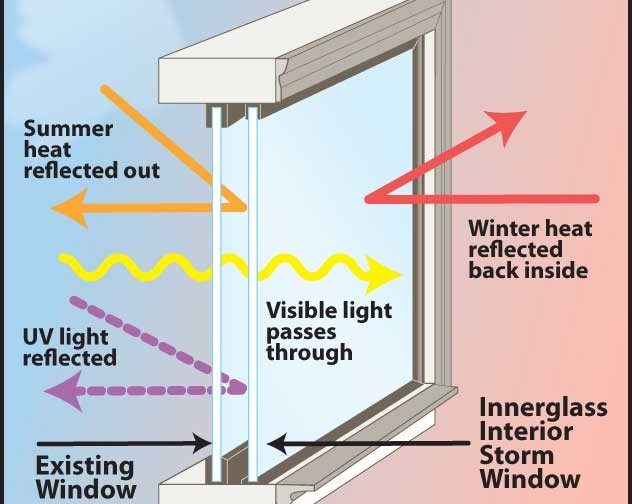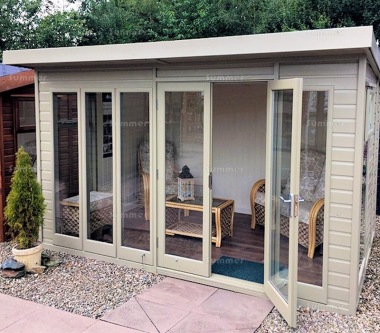All Categories
Featured
Table of Contents
Single Glazed Vs Double Glazed Windows - Ultimate Guide in Craigie Western Australia
Glazing just implies the windows in your home, consisting of both openable and set windows, in addition to doors with glass and skylights. Glazing really just suggests the glass part, but it is typically utilized to describe all elements of an assembly including glass, films, frames and home furnishings. Taking notice of all of these aspects will help you to accomplish reliable passive style.

Energy-efficient glazing makes your house more comfortable and considerably reduces your energy costs. Improper or badly created glazing can be a significant source of undesirable heat gain in summertime and considerable heat loss and condensation in winter. Up to 87% of a house's heating energy can be acquired and approximately 40% lost through windows.
Double Glazing For Warmer Temperature : R/melbourne in Pearsall Perth
Glazing is a significant financial investment in the quality of your home. A preliminary investment in energy-efficient windows, skylights and doors can considerably decrease your yearly heating and cooling costs.

This tool compares window selections to a base level aluminium window with 3mm clear glass. Comprehending a few of the crucial homes of glass will assist you to choose the very best glazing for your house. Key homes of glass Source: Adapted from the Australian Window Association The amount of light that passes through the glazing is known as noticeable light transmittance (VLT) or visible transmittance (VT).
How To Retrofit Your Windows With Double Glazing, And Keep ... in Joondanna Western Australia
The U worth for windows (expressed as Uw), explains the conduction of the whole window (glass and frame together). The lower the U worth, the greater a window's resistance to heat circulation and the much better its insulating value.
For instance, if your home has 70m2 of glazing with aluminium frames and clear glass with a U value of 6. 2W/m2 C, on a winter season's night when it is 15C cooler outside compared with inside, the heat loss through the windows would be: 6. 2 15 70 = 6510W That is equivalent to the overall heat output of a large space gas heating unit or a 6.
Which Double Glazing Company Is The Best? in Ferndale Western Australia

If you pick a window with half the U value (3. 1W/m2 C) (for example, double glazing with an argon-filled space and less-conductive frames), you can cut in half the heat loss: 3. 1 15 70 = 3255W The solar heat gain coefficient (SHGC) for windows (expressed as SHGCw) measures how readily heat from direct sunshine streams through a whole window (glass and frame together).
The lower a window's SHGC, the less solar heat it transfers to the house interior. Glazing producers declare an SHGC for each window type and design. The actual SHGC for windows is affected by the angle that solar radiation strikes the glass. This is understood as the angle of occurrence.
Double Glazed Windows & Doors Melbourne & Sydney in North Fremantle Western Australia
When the sun is perpendicular (at 90) to the glass, it has an angle of occurrence of 0 and the window will experience the optimum possible solar heat gain. The SHGC stated by glazing manufacturers is always determined as having a 0 angle of incidence. As the angle increases, more solar radiation is shown, and less is sent.
Latest Posts
Faq in Bedfordale Perth
What Are Double Glazed Windows? - Build in Duncraig Western Australia
Single Glazed Vs Double Glazed Windows - Ultimate Guide in Kensington Perth